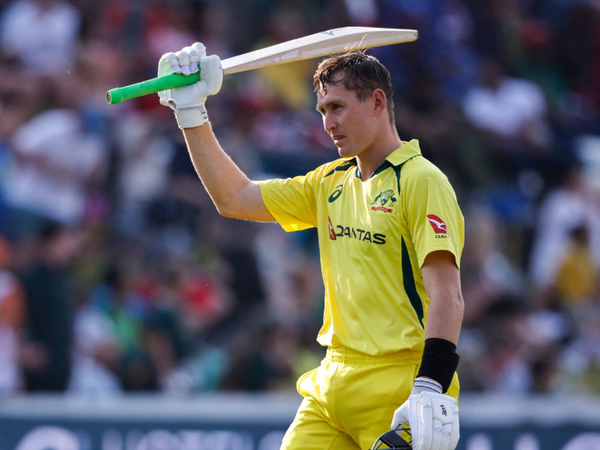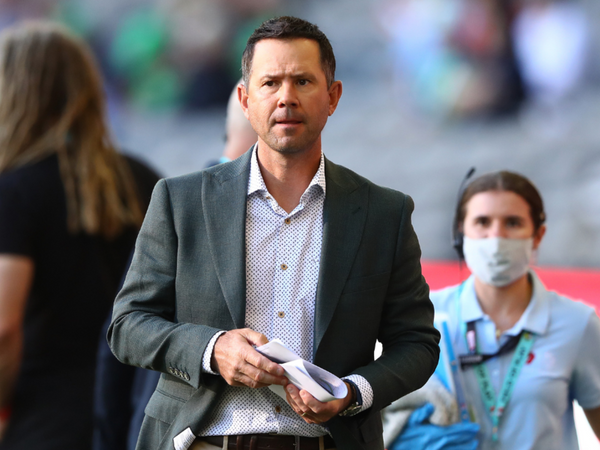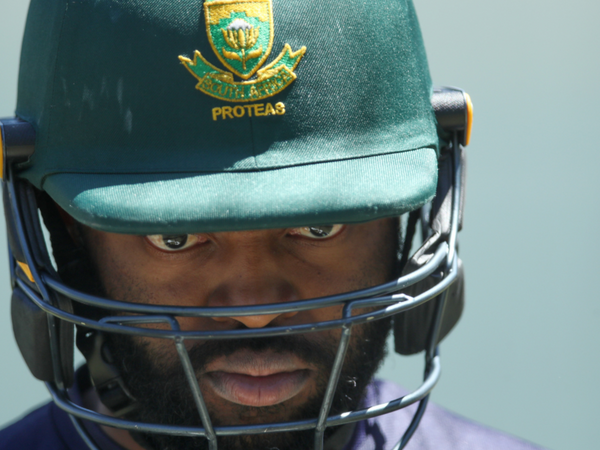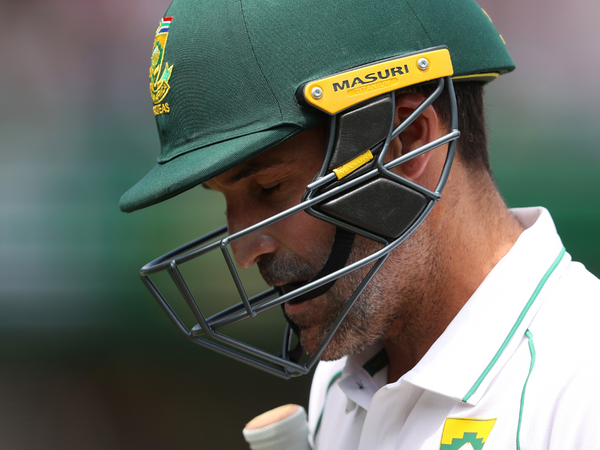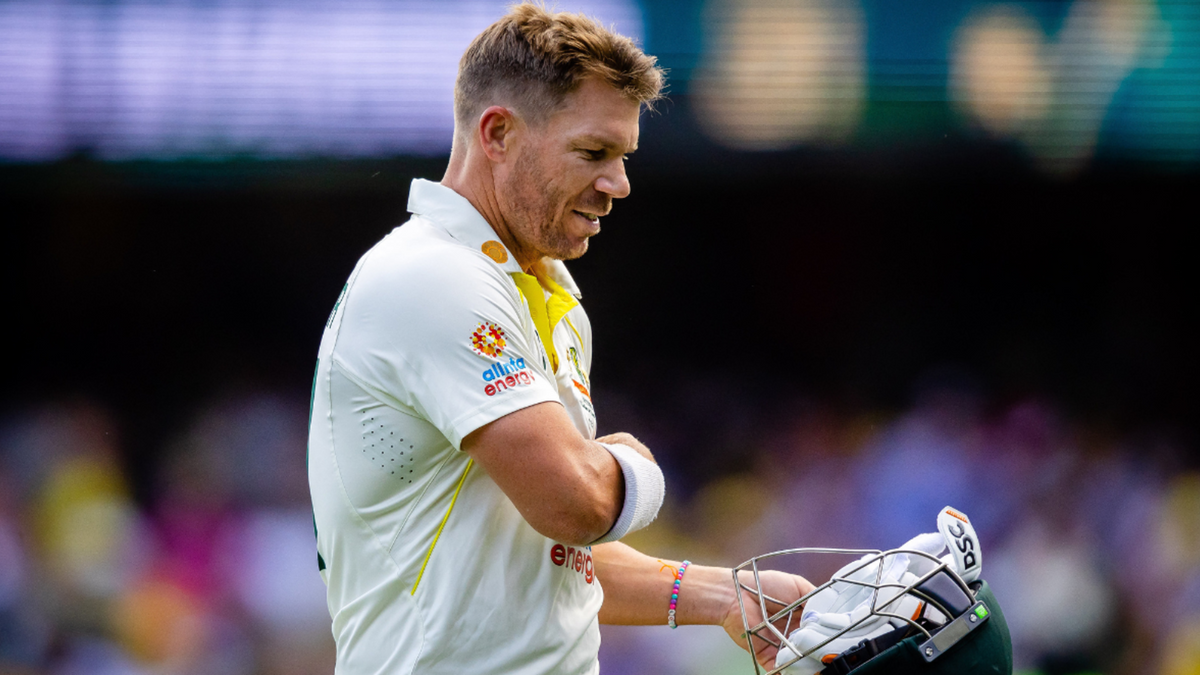
David Warner has been one of the definitive Australia Test batters in the modern era, but his prolonged drop in form leaves his future uncertain ahead of two marquee overseas series.
In the first innings of Australia’s first Test match of the ongoing series against South Africa, David Warner was out for his first golden duck in Test cricket since 2013. It was a short ball from Kagiso Rabada which cramped Warner for room, taking his eyes off the ball with both feet off the ground and only his top hand remaining on the bat handle. He regained sight of the ball only to see Khaya Zondo taking a one-handed catch at short leg. Back out in the middle again the following day after Australia had bowled South Africa out for 99 and needed just 45 runs to win, Warner this time managed three runs from 11 balls before getting an outside edge, again off Rabada, which was taken by third slip.
The Brisbane pitch had almost all batters struggling and has since been given a ‘below average’ rating by the ICC. It was the shortest-ever Test match played in Australia with 34 wickets falling in less than two days. However, a pitch that was near impossible to score runs on couldn’t have come at a worse time for Warner. From the first three Test matches of Australia’s home summer he averages just 17.5.
Against the West Indies, the rest of Australia’s top five piled on the runs. Steve Smith and Marnus Labuschagne both registered double centuries – Labuschagne scoring three tons in the two-match series – with Travis Head and Usman Khawaja also putting in strong performances. Warner scored 102 runs in the series with his 48 in the second innings at Perth accounting for the bulk of them.
In 2022, of all those who have opened the batting in Test matches on at least 10 occasions, Warner has the lowest average (20.61). By comparison, Khawaja averages 60.07 when opening the batting this year. All the more concerning is that most of the Test cricket Warner has played this year has been on largely batting-friendly surfaces in Pakistan and Sri Lanka. Since 2020, Warner has averaged 26.07 and has endured a century drought which is now approaching the three-year mark. Having only passed fifty twice in his last 19 innings, his form sticks out in Australia’s otherwise firm top order.
Speaking to Australian media, former Australia all-rounder Simon O’Donnell said of Warner’s future: “I think he’d be contemplating and possibly should (retire) at the end of the Sydney Test. We’re not talking about David Warner in the last few innings, we’re talking about David Warner in the last two years, he hasn’t been the same player he was prior to then.
“That indicates to me that if David found form again, it’s not going to be for long. We actually have a sample area over a long period of time where things haven’t been up to standard. I just think it’s time.”
On commentary for the first day of the first Test against Australia, Ricky Ponting also gave his verdict on Warner’s future: “I think what he should be doing is being as realistic and looking to the future as he can. Like I said before, he deserves the chance to finish the way he wants to finish. I would hate to see him get to an Indian tour or at the start of the Ashes tour and then get the tap on the shoulder. That would be a disappointing way for his career to end…it might be after the Sydney Test. Let’s wait and see.”
Warner is now 36 and among the oldest currently active Test players in the world. He has suggested himself that he wouldn’t continue his career after the Ashes in England in 2023. It’s a big upcoming six months for Australia who face away Test series against India, as well as the Ashes and a likely appearance in the World Test Championship final at The Oval. Both two of the toughest places to win Test series in the world, Warner averages less than 30 in both England and India (26.04 and 24.25 respectively) and has never made a century in either country. In the 2019 Ashes series, Warner averaged just 9.50 getting out seven times to Stuart Broad. Eighteen of his 24 Test hundreds have come in Australia, with his average dropping to 32.78 away from home.
Australia head coach Andrew McDonald said of Warner’s form before the first Test against South Africa: “At this stage, we’ve got him in our plans for India. We’ll see what happens in the next three Test matches, but at this stage he’s firmly in our thoughts for India.”
There’s no doubt Warner has been a definitive player for Australia in their modern era. Of all Australia batters who have opened the innings on more than ten occasions, Warner has the highest strike rate (71.18), averages 45.52 and has the second-highest men’s Test score for Australia (335*). In an era where opening batters around the world have struggled for consistency, Warner has been one of the few who have stood out for the amount of runs he has scored and the positive intent he has shown. While off-field situations have always and continue to impact his career, they shouldn’t take away the role he has played on the field for his country.
The second Test against South Africa will be his 100th, a milestone Warner has achieved despite his one-year ban from cricket. There should be no doubt of his talent and legacy, but the considerable credit he had in the bank is rapidly drying up and will run out unless he can find runs again against South Africa.

